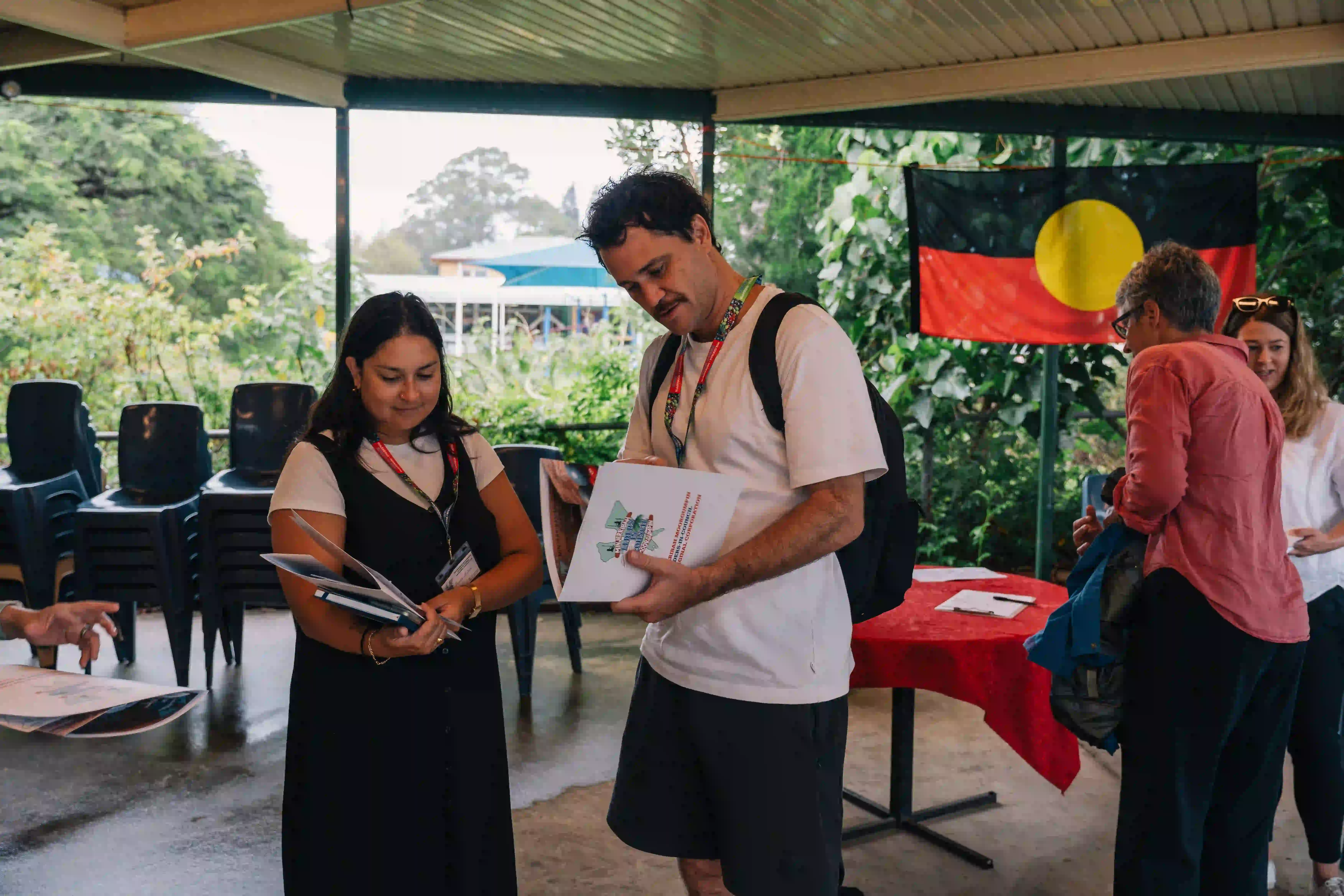Soon after COVID-19 hit, Philanthropy Australia released a call to action, inviting members of Australia’s philanthropic sector to step up and act with urgency, and to stand alongside grantees and partners, and the people and communities dealing with the deep and enduring challenges of COVID-19.
The Foundation was one of a number of organisations to sign up to the pledge, which called on us all to listen to partners, reduce or remove contractual restrictions, increase flexibility and funding, communicate proactively, offer loans, impact investments and support in addition to funding. Philanthropy Australia also urged us to support emergency efforts and amplify community voices and learning from the crisis. The pledge has since been a guiding light for our work with our partners.
What has worked for us?
- Having the pledge as a benchmark for the sector provided a set of guiding principles as we have made evolving decisions. Directors and staff raised the pledge within the Foundation and supported its adoption. It has been referenced regularly across our taskforces and in regular meetings.
- The Foundation’s Board committed to fund more than usual at this time through its taskforces to quickly disburse and provide support to existing partners, the social sector and into the emergency COVID-19 response. Two new Taskforces – Sustaining our Partners and COVID-19 consisting of a mix of staff and Board Directors were established with specific delegated budgets for swift distribution.
- Taskforces have been an effective mechanism for us to make faster decisions and try new forms of funding and partner support. In the Sustaining our Partners taskforce, we’ve also invested in learning and reflection which has identified key questions around how we partner to help shape discussions about our strategy, processes and practices.
- We have been in close contact with partners and have used our existing grants management relationships to listen to partners’ views and concerns through our grant leads. We have also invited engagement through emails from our CEO, invitations to engage in learning activities and direct outreach to partners we thought might be significantly affected.
- Our experience has reinforced the importance of trust and relationships in our partnerships. As we know, the power dynamics between funders and partners are significant and this can stifle honest conversations. When we first started reaching out to partners whom we thought might face financial challenges, we had less engagement than we were expecting. In part, people were still trying to come to grips with the impacts of COVID, applying for JobKeeper and significantly adapting their services and operations. However, we also found that where we had stronger relationships, organisations were able to be more open about their vulnerability and need for support. In some other cases independent support and conversations, for example through Social Ventures Australia, played an important role in conversations with partners
Some challenges:
- Strategy, alignment and timing: When COVID arrived in Australia we were about to launch a new strategy developed over the previous year. The launch event was postponed until May while the Board quickly set up taskforces and delegated funds to disburse for the response. In our Sustaining our Partners work we had to swiftly prioritise our work to support those organisations in urgent need. This meant engaging with hard questions about how to balance support to all our partners while providing additional support and funding to partners that we considered mission critical to our new strategy.
- Majority funding & bridging grants: We are a significant and majority funder of a number of our partners. Partners with majority funding that was ending in the coming year were identified as potentially financially vulnerable as they face a challenging fundraising environment as they sought to replace our investment. For some partners, we developed a new form of bridging grant. While we initially thought this could be dealt with through our existing processes, it needed to be brought into our Taskforce for more timely decisions.
What we have done outside our normal practice in response to the crisis:
- We have funded in new ways: providing surge funding to critical community services across the country without requiring applications or reporting but an invitation to participate in monitoring and evaluation; providing working capital to social enterprises; and in our bushfire response, funding community foundations which can better identify local forms of emergency relief and recovery.
- We have been able to fund faster and with more flexibility. It has usefully pushed the Foundation to think about how we ca make our funding agreements more outcome-oriented and reporting requirements more flexible. Partners have noted that discussions and negotiations for new funding that previously took months have been completed in a matter of weeks. This has had a profound impact at a time of stress and uncertainty.
- We have been testing new ways of supporting all partners through regular briefings on government support, webinars on sector sustainability and advocacy COVID, and two independently-facilitated action learning sets where partners could explore challenges with their peers. We recently surveyed partners regarding these broader supports and suggestions for future engagement.
- We have actively contributed to efforts to influence public policy by supporting and amplifying research and advocacy for support of the social sector and sharing our findings with government agencies.
- We have invested in real time learning and adaptation through structured, facilitated reflection, adapting how we undertake due diligence, for instance, to better consider financial vulnerability and resilience.
For more information on the pledge and how Australian philanthropy has used it, check out Philanthropy Australia’s webinar:
Australian Philanthropy’s Pledge – Webinar Part 1 & Webinar Part 2










